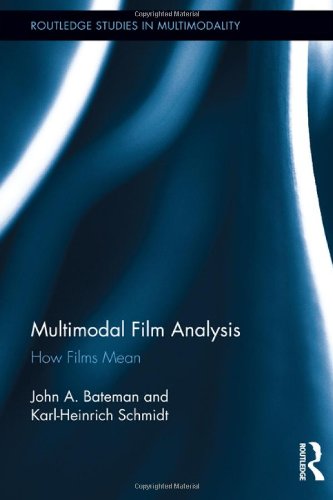

Most ebook files are in PDF format, so you can easily read them using various software such as Foxit Reader or directly on the Google Chrome browser.
Some ebook files are released by publishers in other formats such as .awz, .mobi, .epub, .fb2, etc. You may need to install specific software to read these formats on mobile/PC, such as Calibre.
Please read the tutorial at this link: https://ebookbell.com/faq
We offer FREE conversion to the popular formats you request; however, this may take some time. Therefore, right after payment, please email us, and we will try to provide the service as quickly as possible.
For some exceptional file formats or broken links (if any), please refrain from opening any disputes. Instead, email us first, and we will try to assist within a maximum of 6 hours.
EbookBell Team

4.4
72 reviewsThis book presents a new basis for the empirical analysis of film. Starting from an established body of work in film theory, the authors show how a close incorporation of the current state of the art in multimodal theory—including accounts of the syntagmatic and paradigmatic axes of organisation, discourse semantics and advanced ‘layout structure’—builds a methodology by which concrete details of film sequences drive mechanisms for constructing filmic discourse structures. The book introduces the necessary background, the open questions raised, and the method by which analysis can proceed step-by-step. Extensive examples are given from a broad range of films.
With this new analytic tool set, the reader will approach the study of film organisation with new levels of detail and probe more deeply into the fundamental question of the discipline: just how is it that films reliably communicate meaning?